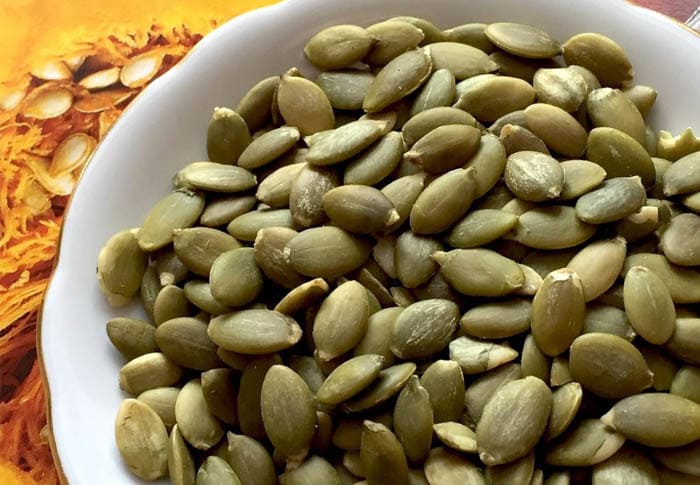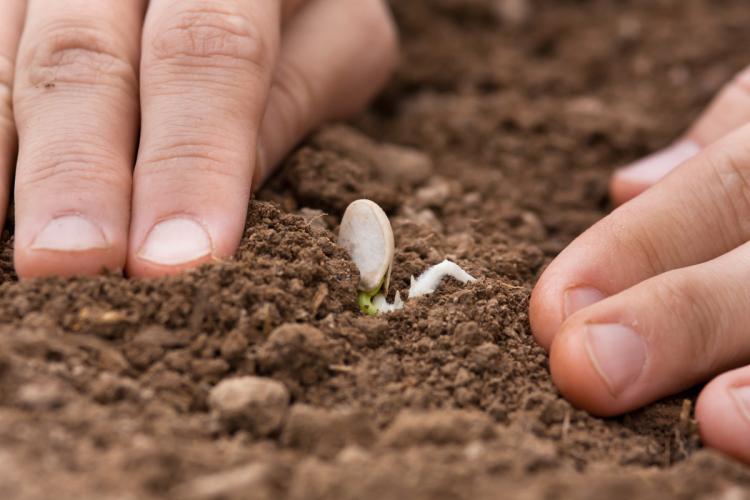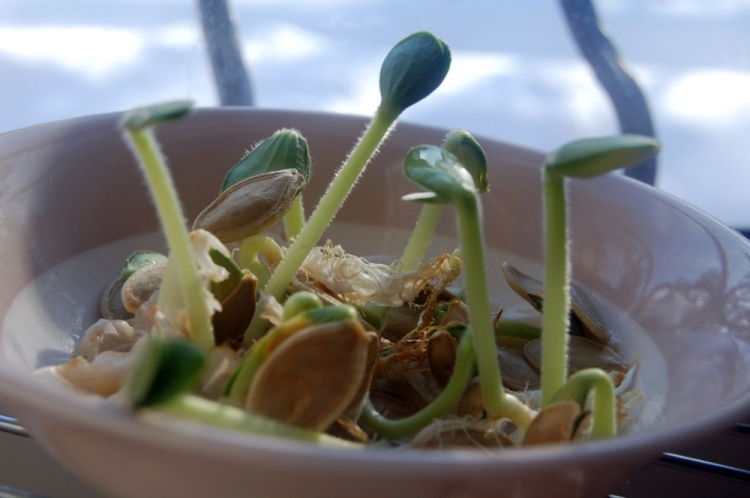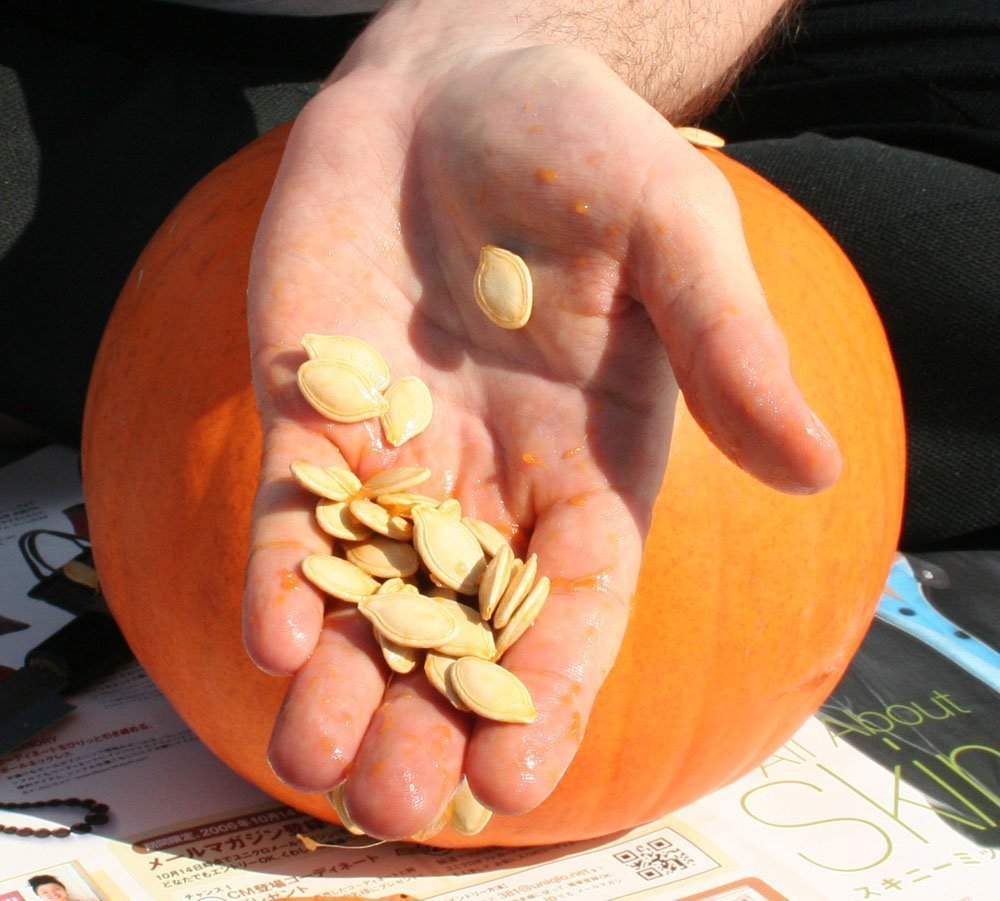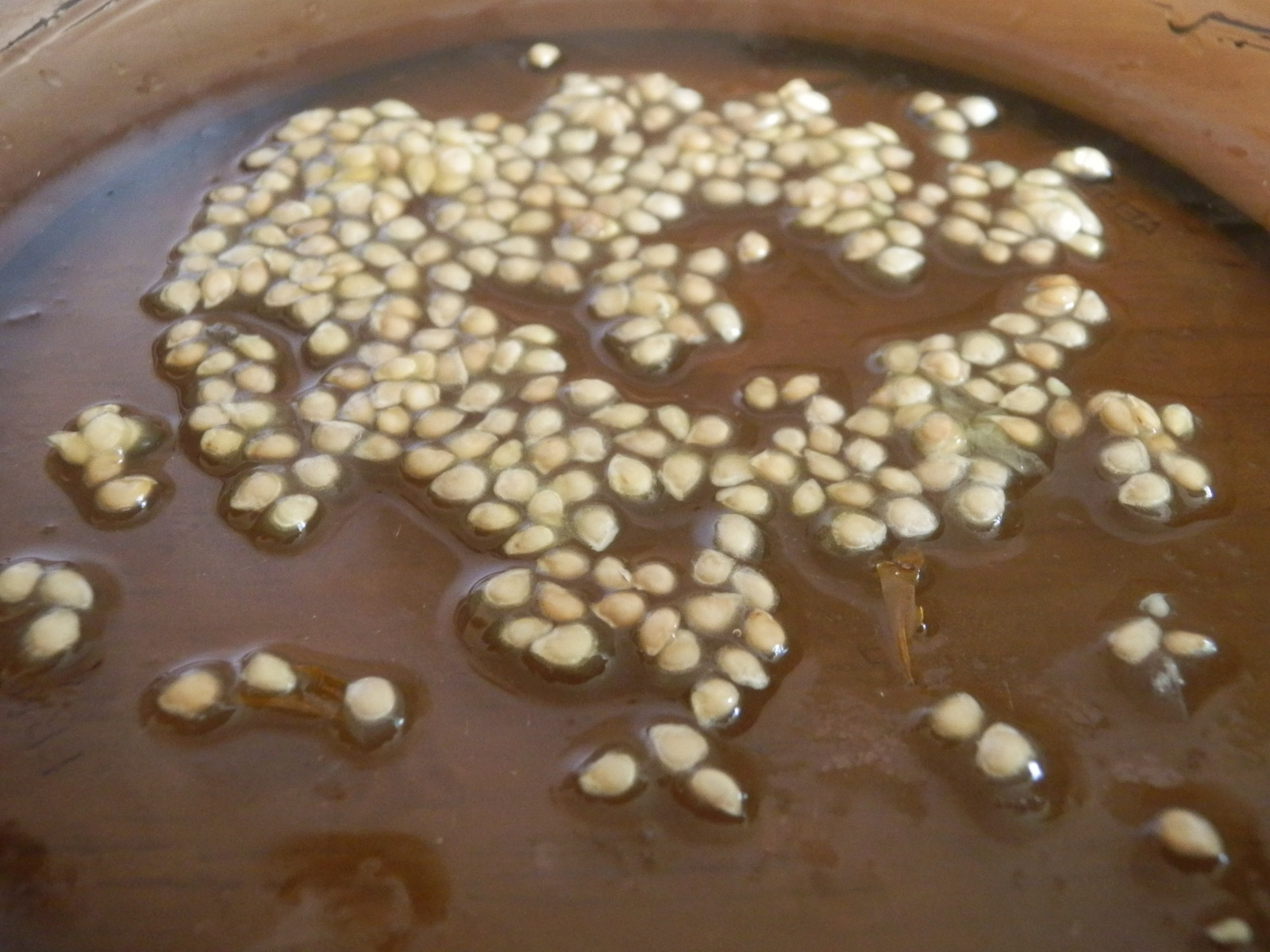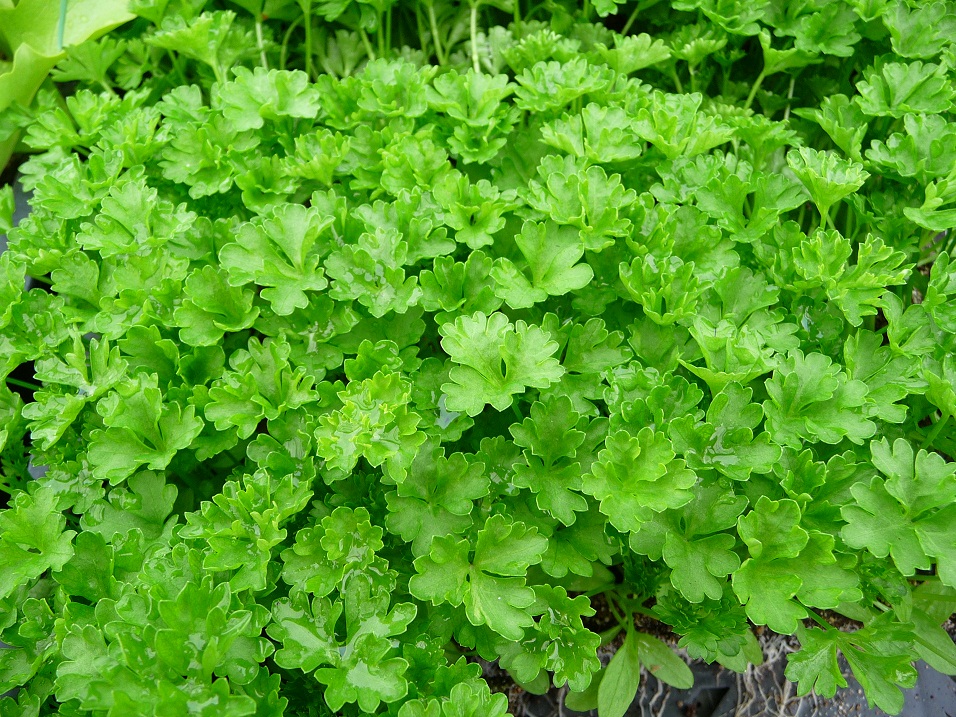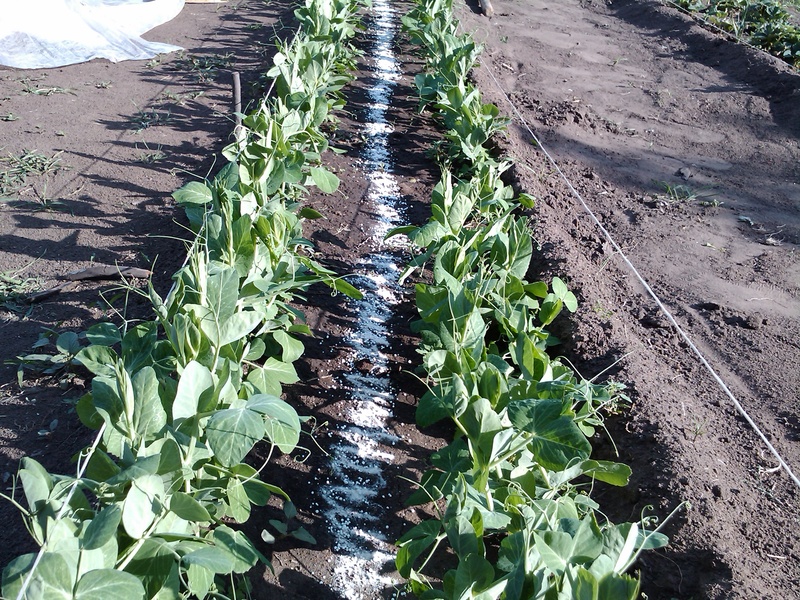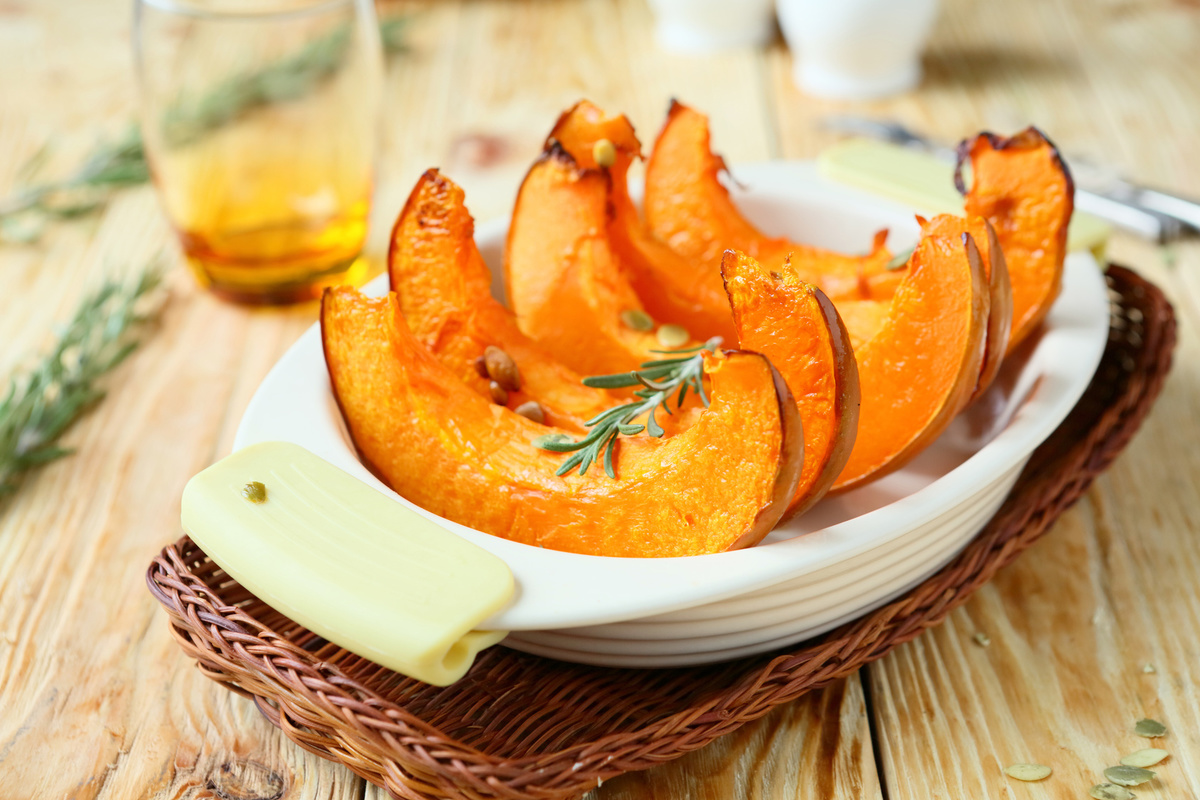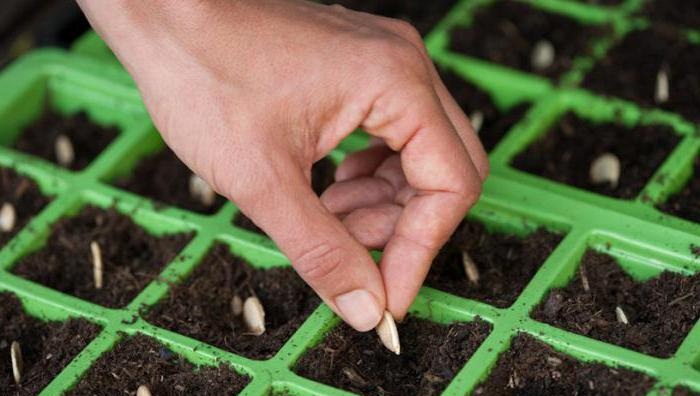Content:
To get a pumpkin harvest, it is worth starting preparation in the fall: digging up a site, applying organic fertilizers. In the spring, the planting material is carefully inspected, specimens that have chips on the surface of the peel are removed. It is recommended to germinate all available pumpkin seeds for 4-7 days, until they throw out the roots. Only then can all the material be planted for seedlings.
How to germinate pumpkin seeds before planting
To get the desired results, the entire process of growing seedlings is divided into stages.
How to germinate a pumpkin:
- Checking seeds for germination.
- Soaking and disinfection.
- Growing in special pots with peat. If they are not there, you can independently make containers for plants from toilet paper (it will dissolve on its own when the seedlings are transferred to the beds). The sizes of the vessels can be 60 X 60 or 80 X 80 mm.
It is necessary to distinguish between seeds purchased in a store and those obtained from the previous harvest. The seed fund purchased in specialized retail outlets does not need additional processing. It can be germinated immediately.
If the gardener has seeds from the previous harvest, they must first be culled and disinfected. After visual inspection, the entire available seed fund is immersed in a container with a salt solution. After 10-15 minutes, all floating seeds are removed, they will not germinate. The specimens that have sunk to the bottom are taken out and then dried by spreading them out on a napkin.
Then these seeds must be soaked in a solution of potassium permanganate. To do this, dissolve so much manganese in warm water so that the liquid becomes pink. The grains are immersed in the resulting preparation, kept for 3-5 hours.
Each processed seed is laid out on a napkin in a warm room, where they are kept until completely dry.
To increase germination, a quick method of processing with wood ash is used. Ash flour is poured into hot water and stirred, pumpkin seeds are placed there for 5-6 hours. For 1000 ml of water, you will need 1 tbsp. l. ash.
Many gardeners doubt whether it is necessary to soak pumpkin and zucchini seeds before planting in beds or seedlings, but someone does not know why this should be done. Such a procedure is a prerequisite for growing a good harvest. Without preparation, germination decreases by 20-30%, and the quality of planting drops sharply, the yield decreases.
Agricultural stores sell modern products that are used for pretreatment and disinfection. When using them, it is recommended to strictly follow the instructions on the package. The seedlings germinated after such treatment are more resistant to environmental influences and grow faster. They give large ovaries.
Germination of pumpkin seeds before planting is done using a snail. This is the name of the moistened material (rag) in which all specimens suitable for sowing are wrapped. The fabric should be constantly moisturized, but moisture should not accumulate in it. Excess liquid interferes with germination of plants and can cause rotting of seeds. They will soak in the snail until the roots and small sprouts begin to peck.After that, you can already start disembarking. When the seedlings have roots, you can transfer them to previously prepared beds, where holes up to 5 cm deep have already been made. A seed is placed in each hole. After laying, each copy is covered with a substrate, and then watered with warm water.
Soil temperature should be at least 15 ° C.
Good results are obtained if seeds are planted in soil consisting of store-bought substrate or a mixture of sawdust (rotted) and peat (1 to 1 ratio). Use 1 hour as fertilizer. l. nitrophosphate per 1000 g of soil.
The mixture is poured into pots and watered well. The containers are installed on a windowsill or artificial lighting is used. Initially, for 2-3 days, the temperature is maintained within the range from 19 to 24 ° C during the daytime, and at night it is reduced to 15-17 ° C. When the seedlings appear, within 5 days the daytime temperature drops to 18 ° C, and the night indicator drops to 13 ° C. This is to prevent the plants from stretching.
Seedlings are transplanted onto the beds when they reach a height of 15 to 20 cm. Such specimens should have 1-2 leaves painted in dark green tones.
After how many days do seedlings hatch? What if the seeds didn't sprout?
How many days the pumpkin rises after sowing depends on the quality of the acquired planting material.
The first shoots appear at about 5-7 days. All seeds germinate completely in 8-10 days. Often, the percentage of sprouted specimens among novice gardeners does not exceed 45-50%.
Most often, the grains do not germinate due to the fact that the gardener forgets to check them for germination. To do this, there are the following ways:
- salt water test;
- test of 10 selected specimens with a wet wipe;
- to determine germination, sawdust is used.
The first method is to use brine (2-5%) brine. In a glass of water, dissolve from 5 to 10 g of table salt. All the seeds that need to be prepared to get seedlings are dipped into it. Pumpkin seeds laid in a deep vessel are poured with the solution, wait 5-7 minutes. All specimens remaining at the bottom can be safely planted after drying and processing.
In the second method of verification, the 10 largest copies are selected from the available fund. Wet paper napkins with water, place them on an open vessel, for example, a saucer. Seeds are thrown into the liquid, covered with plastic wrap, and placed in a warm room, where the temperature does not drop below 20 ° C, but also does not rise above 25 ° C.
Dried wipes must be constantly moistened. After the roots appear, it is necessary to remove the polyethylene, open air access to the seedlings. The percentage of seeds suitable for growing is determined by the number of seedlings (the required threshold is at least 60%).
The third way to determine the suitability of seeds involves the use of sawdust. They should be spilled with boiling water 2 or 3 times at intervals of 1/3 to 1/2 hour. Raw sawdust is placed in boxes. Seeds are inserted into the wet mass (sawdust for them is both food and habitat). The planting interval between individual specimens ranges from 10 to 15 mm. It is recommended to maintain a distance of 20-30 mm between rows. Sprinkle the laid grains on top with dry sawdust, transfer the boxes to a room with a temperature of 25-27 ° C.
You can check the results in 5-7 days. By the number of sprouts that appear, the percentage of germination is calculated.
If the seedlings have not appeared, it is recommended to buy a new batch of seeds in the store, check it and only then plant.
Sometimes it is possible to "revive" a small part of the seed. To do this, use various industrial or homemade stimulants. In this way, it is possible to restore up to 10% of substandard pumpkin seeds. After sowing on the beds, they will yield 30% less yield than normal specimens that have passed the preliminary selection.
Pre-planting seed treatment methods: tips and tricks
When rejecting seeds, it is advisable to choose those specimens that swell well in water. Grains that do not swell practically cannot germinate. Before transferring the hatched seeds with roots to the beds or into special pots, they must be hardened. To do this, they are kept on the bottom shelf of the refrigerator wrapped in a damp cloth for 3 to 5 days. After that, the seeds are germinated for 7-8 days at varying temperatures. To do this, they are kept for 9-10 hours at 17-19 ° C, and then these indicators are reduced to 2 ° C, maintaining them for 13 hours. These cycles are repeated 4-5 times.
The following methods are recommended for processing pumpkin seeds:
- Dissolve 2 g of potassium permanganate in 10 l of warm water. The specimens intended for sowing are kept in this mixture for 12 hours.
- 45 g of baking soda are diluted in a bucket of water. The grains are kept there for 10-12 hours. Some farmers believe that this method does not produce the desired results.
- Wood ash or ash flour in the volume of 2 matchboxes is dissolved in 8 liters of warm water. The mixture is infused for 48 hours. The seeds are kept in solution for up to 5 hours.
- To increase germination by 20-25%, it is recommended to use a composition of 1 tsp. honey, 1 tsp. ash, 1 tsp. propolis, diluted in 500 ml of warm water. The seeds are kept in the infusion for at least 120 minutes.
- The agave leaf is cut in the area of its curved part. Pumpkin seeds are placed inside, where they should be from 2 to 24 hours. It is a good germination stimulator, reducing the seedling emergence time by 15%.
- In 1000 ml of water, dilute with 1 tsp. nitrophosphate. This method is not applicable to farmers who produce organic products.
- Dissolve in a liter of water ¼ tsp. sodium humate.
- They buy Zircon and Ellin preparations in the store. Use them according to the instructions.
To improve germination, some gardeners use a large amount of trace elements. For example, a solution is used, which includes:
- 1000 ml of water;
- from 0.5 to 1.0 g of molybdenum-acid ammonium.
The last component is replaced with zinc sulfate (up to 0.4 g). You can use copper sulfate (up to 0.05 g) or methylene blue (0.4 g). Although such additives improve the condition of the plants, it is not recommended for a beginner gardener to use them due to the possibility of an overdose, which negatively affects the plants.
Honey in the amount of 0.5 tsp. stirred in 200 ml of water. All seeds are treated with the solution. This stimulant gives a yield increase of up to 14%. The same effect is given by an alcohol solution of propolis in water. To do this, take 1 tsp. product.
If done correctly, you will be able to grow strong seedlings and get a good harvest in the end.
